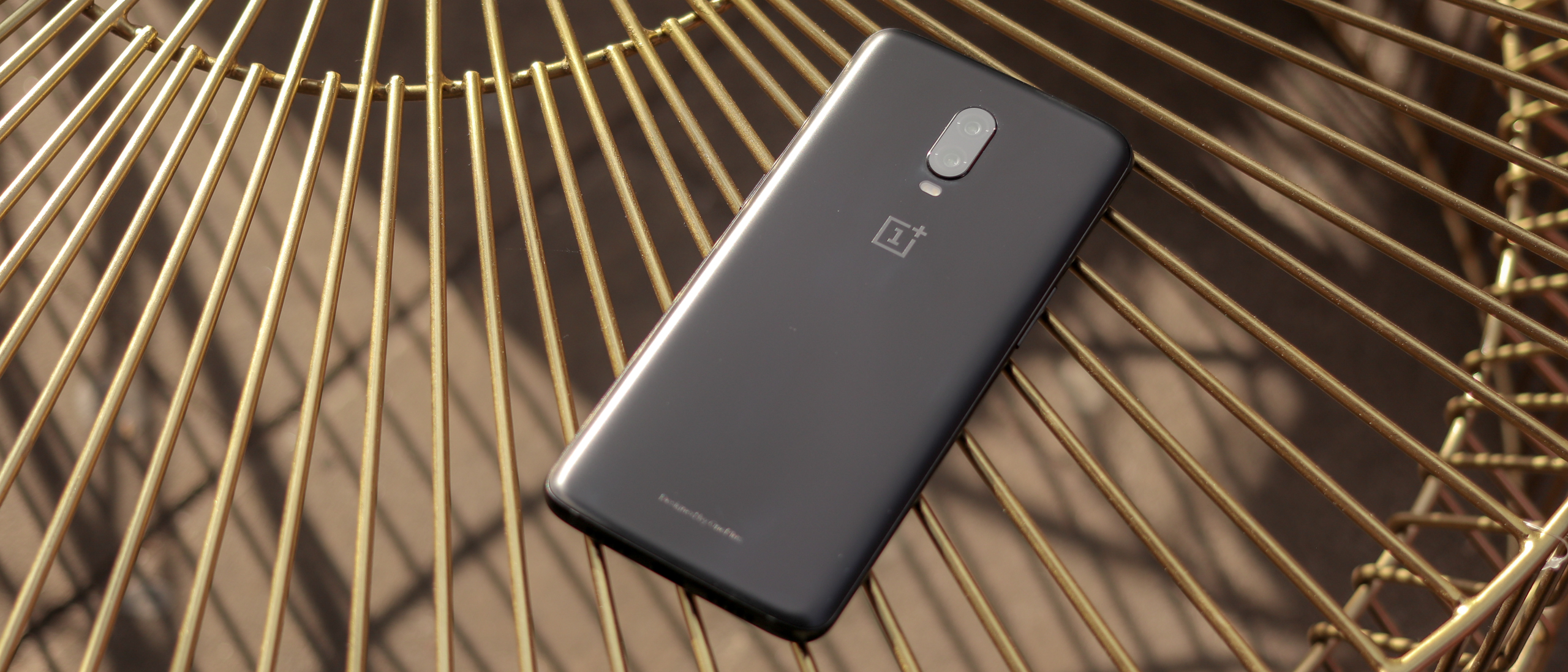Why you can trust TechRadar
Battery life
- A solid day of battery from a single charge for the average user
- Fast-charging tech included, but no wireless charging
We don’t know for certain, but the reason OnePlus has done away with the 3.5mm headphone jack may well be so it could improve battery life on the OnePlus 6T.
Previous OnePlus handsets have had perfectly respectable battery life, but the 6T is better than ever, giving you solid day of use from a single charge – and often we found ourselves with a little extra in the tank as well.
One late night, when we put the phone on charge at 3am after taking it off charge at 9am the previous morning we still had 24% battery left.
That was likely the day we used the phone the least, but it shows you just how long the phone can last. The battery is 3700mAh, which is a big jump up from the 3300mAh power pack inside the OnePlus 6, and the difference is noticeable.

We ran our standard battery test, playing a 90-minute video in Full HD and at maximum brightness, and found the phone only lost 10% of its charge. The OnePlus 6 lost 15% of its battery in the same test.
There’s no wireless charging on the OnePlus 6T – it’s a feature the company continues to omit even as much of the competition embraces it, with the latest phones from Google, Huawei and Apple all sporting the feature.
It’s an odd omission, but it’s not likely something you’ll miss unless you already use a wireless charger. There is fast-charging though, and that means you can quickly get some juice into your phone if you need it before you head out – and we’d rather have this than wireless charging on the 6T.
Sign up for breaking news, reviews, opinion, top tech deals, and more.
Have a OnePlus 6T? Here are five tips for getting even more our of yours:
Camera
- 16MP and 20MP dual rear camera that can rival top-end phones
- The 16MP front-facing selfie shooter is good too
The camera on the OnePlus 6 was excellent given the price of the phone, and so too is the snapper on the OnePlus 6T. While OnePlus has stuck with the same hardware on the T update, the software is improved, notably with the addition of a new Nightscape long exposure mode.
The camera features a wide-angle lens paired with a 16MP sensor, as well as a secondary 20MP lens and sensor combination. Both lenses feature a f/1.7 aperture.
The shooting modes on the 6T are fairly predictable – there’s automatic, portrait, manual and panorama. When it comes to video, slow motion and timelapse modes complement a simple enough automatic mode.
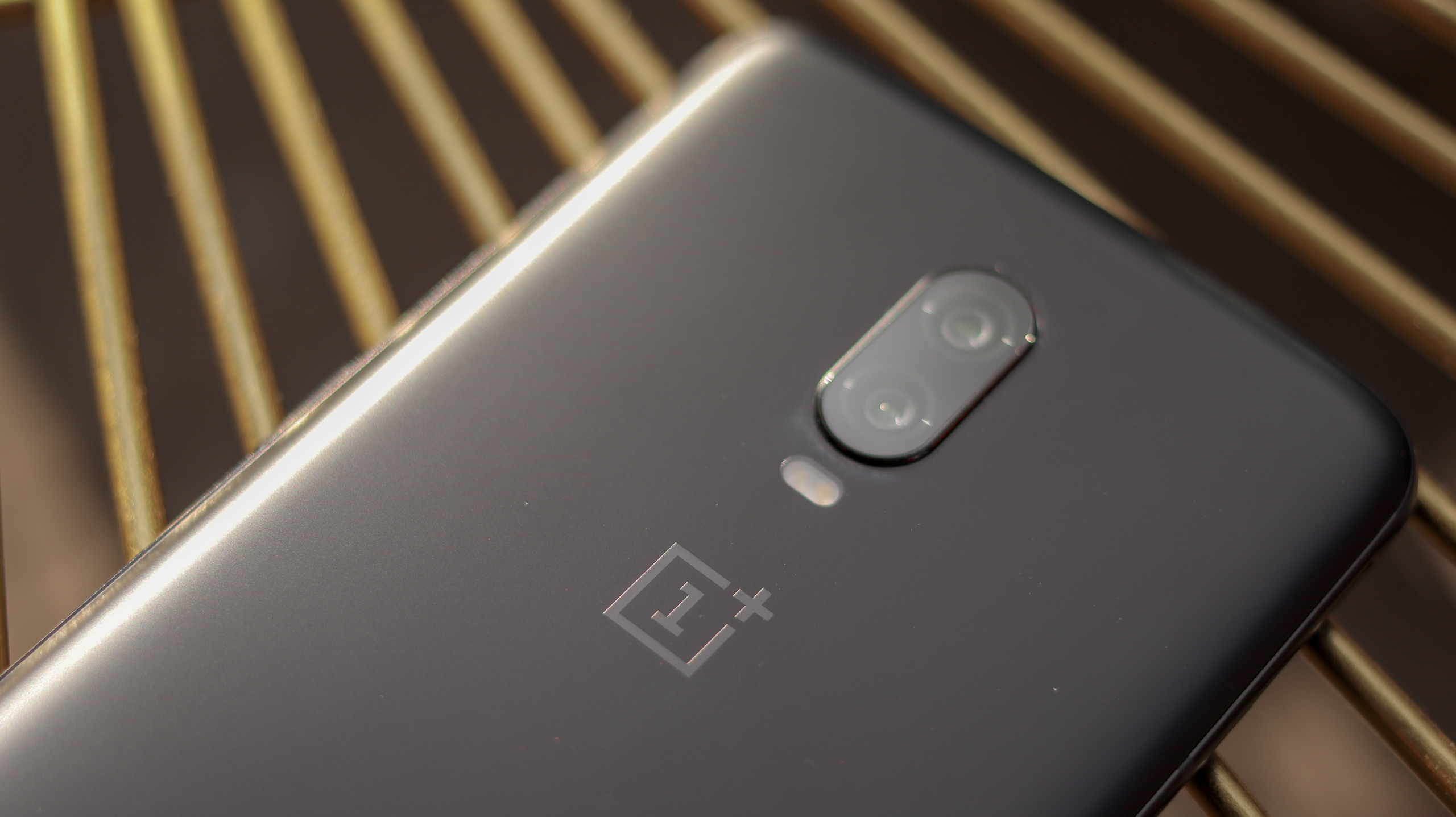
Within the shooting UI, OnePlus also gives you quick access to useful tools like Google Lens, flash, self-timer and aspect ratio control, direct from your viewfinder.
The settings are also nice and comprehensive. In addition to the usual options the OnePlus 6T can display one of three grids on the screen to help with composition, while there are also toggles for smile capture, auto HDR and auto night scene, in addition to more advanced Pro Mode tools, such as a histogram and an on-screen level to help you avoid titling horizons and buildings.
Given the price of the 6T, it can take some outstanding pictures. It undercuts the Pixel 3 and Mate 20 Pro – and of course the iPhone XS – in terms of price, but in certain situations it can go toe to toe with all three when it comes to image quality.
Before we get to the good, though, let’s start with the bad: image quality from the OnePlus 6T suffers badly when you zoom in, especially in low light.



In fact, 8x zoom pictures were also worse than the OnePlus 6, which suggests the camera software needs a bit of refining rather than the hardware – so hopefully it’s an issue that can be addressed with an update.
Other than this anomaly though, everything else about the camera has impressed us. Good light enables the 6T’s camera to flex its extra pixels compared to much of the 12MP competition, capturing staggering amounts of detail reproducing tones beautifully – check out our leaf picture.
Skylines are also handled admirably, with the auto HDR feature putting more expensive phones, like the Razer Phone 2, to shame. You can see this in our shot of the building – the OnePlus 6T absolutely nails it.


Detail noticeably suffers as the sun starts to go down, but overall image quality remains solid if you’re okay with your pictures softening a little.
The new AI-assisted Nightscape mode, clearly created to challenge the long-exposure night mode introduced on the Huawei P20 series, as well as the Night Sight mode announced for the Pixel 3, is good, but not as good as the competition’s intelligent photography.
It brightens up images, sure, but it doesn’t add stacks more detail, as Huawei and Google’s night modes do. That brightening can actually be a bit over the top in relation to the actual lighting when taking the shot, to the point where shots can look unnaturally overexposed. It’s a feature that’s nice to have, and it’s great that OnePlus is rolling out the update to the OnePlus 6, but hopefully it will get better down the line.
The bokeh effects are also imperfect – as are all bokeh effects that rely on software rather than a depth-sensing lens – but they’re in line with what you’ll get from competing handsets. The 6T was able to do a pretty good job of distinguishing a jaggedly outlined plant from its background, delivering similar results to the Pixel 3.

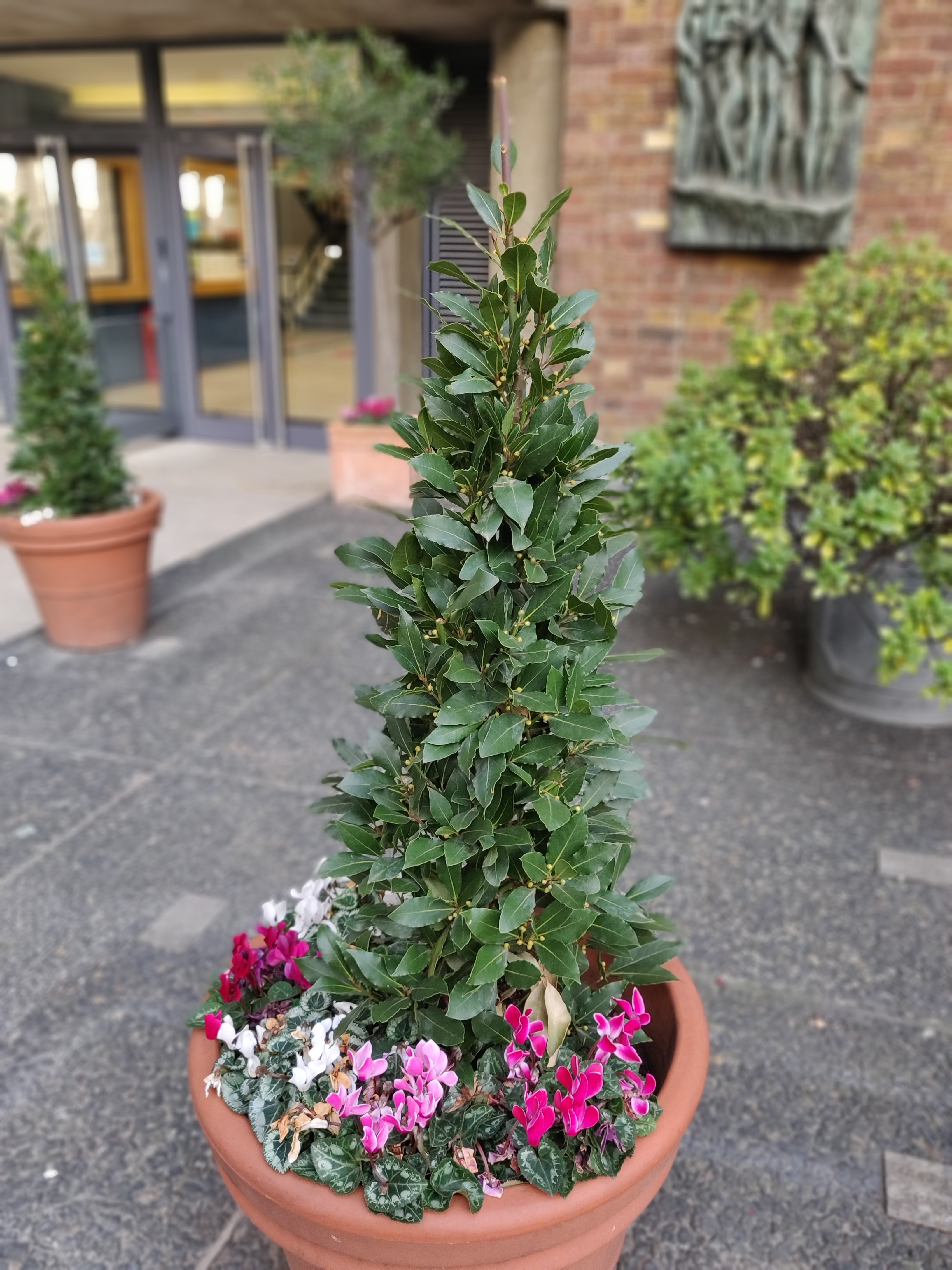
Selfies are also nice and sharp, especially in good lighting. With the front 16MP f/2 camera always metering the exposure based on the faces in the shot you can end up with some very bright, blown out backgrounds – HDR here doesn’t work as well as on the front camera of the Pixels – but if it’s nicely exposed faces you want, that’s what you get – and the selfie bokeh mode works well too.
Video performance up to 4K is great, with the onboard stabilization working really well and focus being responsive, with particularly strong macro detail. 4K video is capped at 10 minutes, and things start to break down when you engage the 2x zoom, but stay wide and results are competitive, even in middling light.
Camera samples



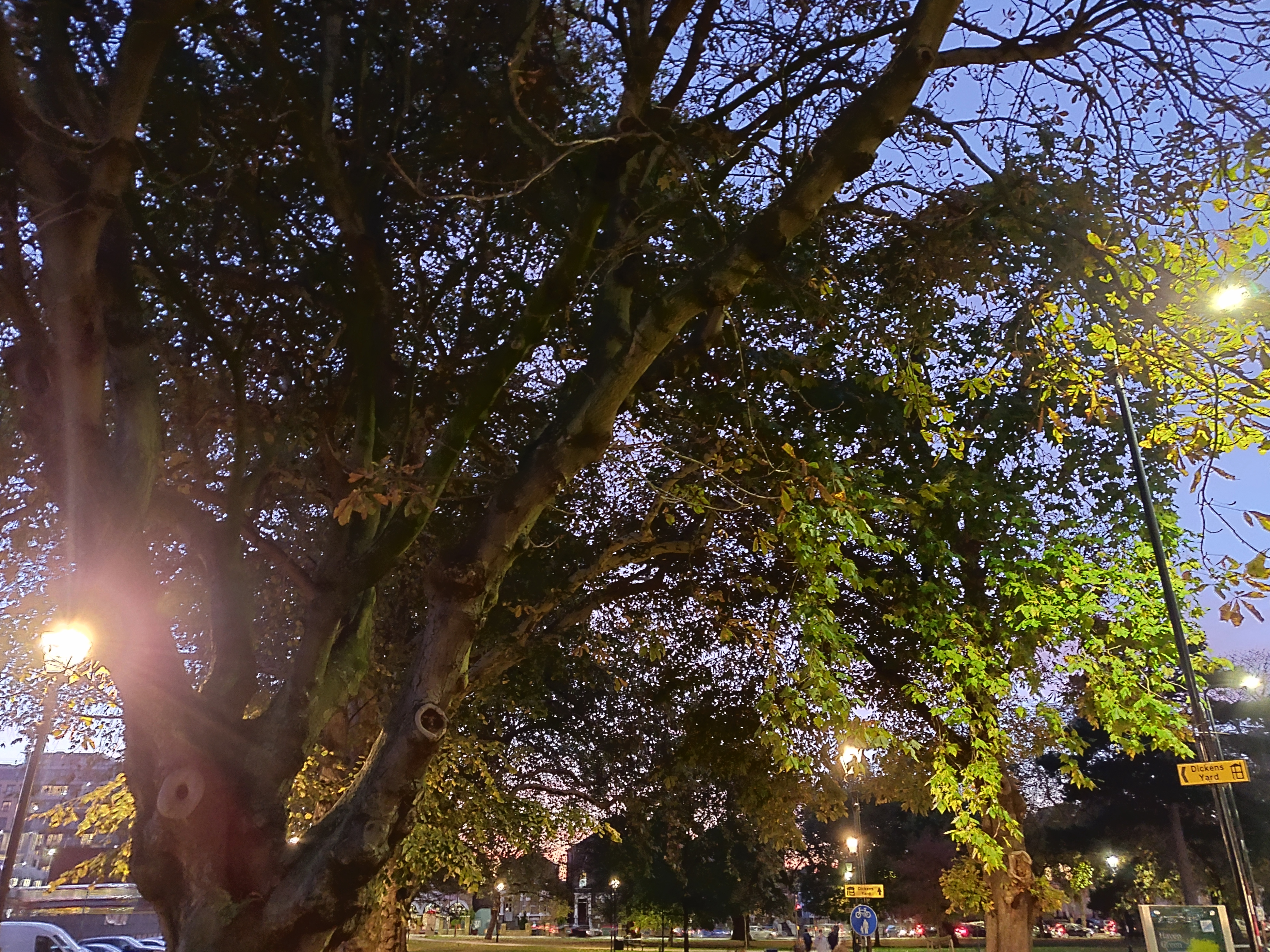

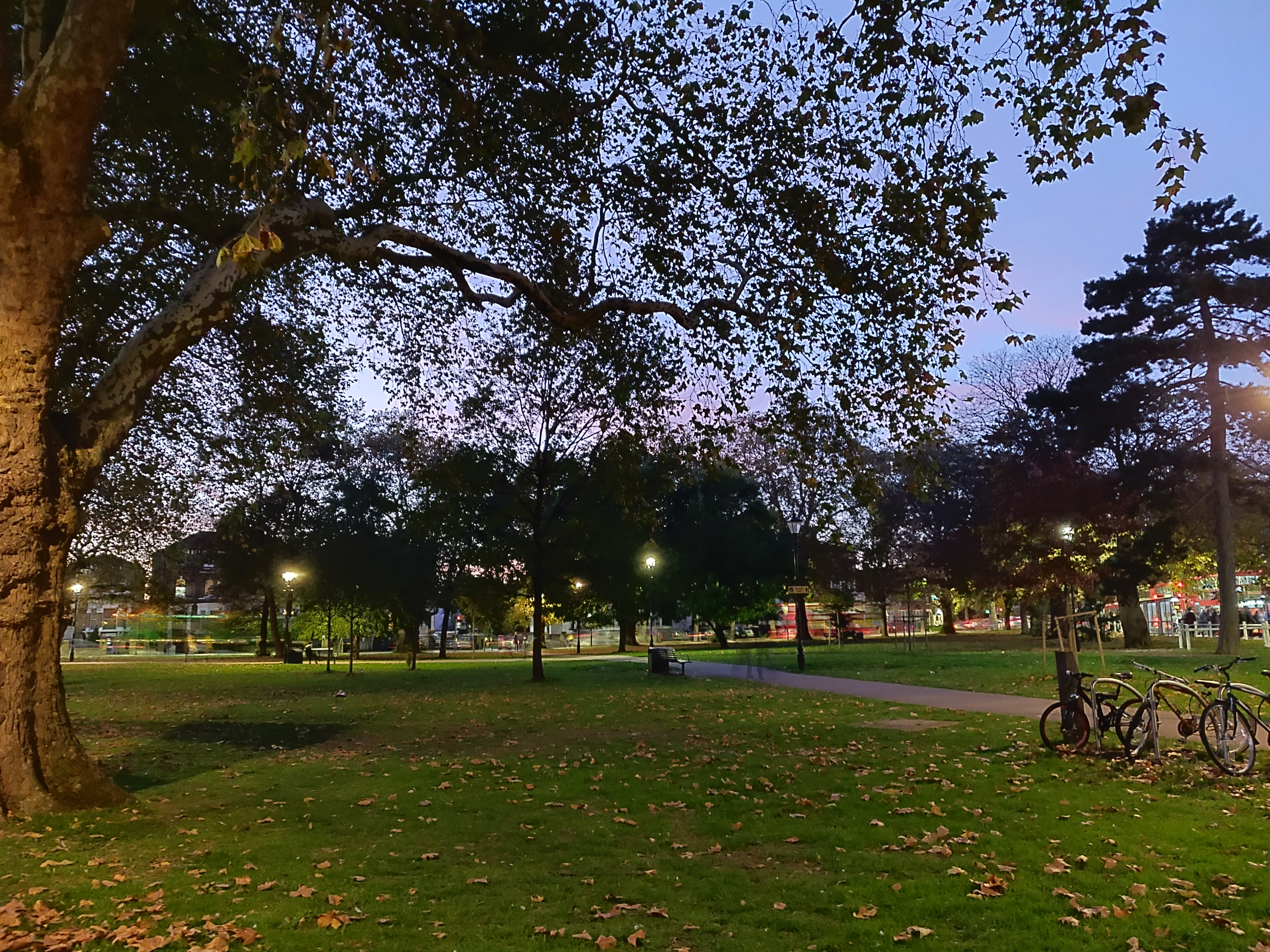
Current page: Battery life and camera
Prev Page Introduction, price, design and display Next Page What's it like to use?
James is the Editor-in-Chief at Android Police. Previously, he was Senior Phones Editor for TechRadar, and he has covered smartphones and the mobile space for the best part of a decade bringing you news on all the big announcements from top manufacturers making mobile phones and other portable gadgets. James is often testing out and reviewing the latest and greatest mobile phones, smartwatches, tablets, virtual reality headsets, fitness trackers and more. He once fell over.
